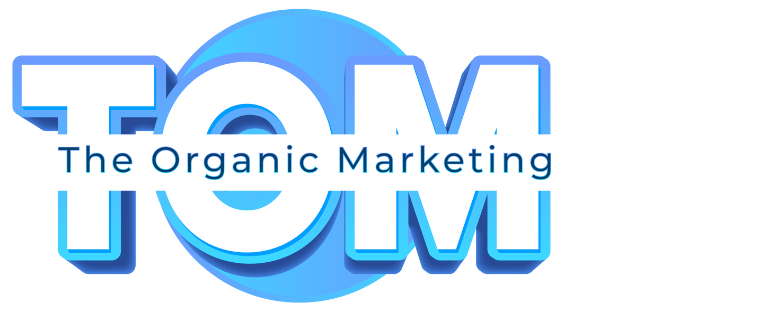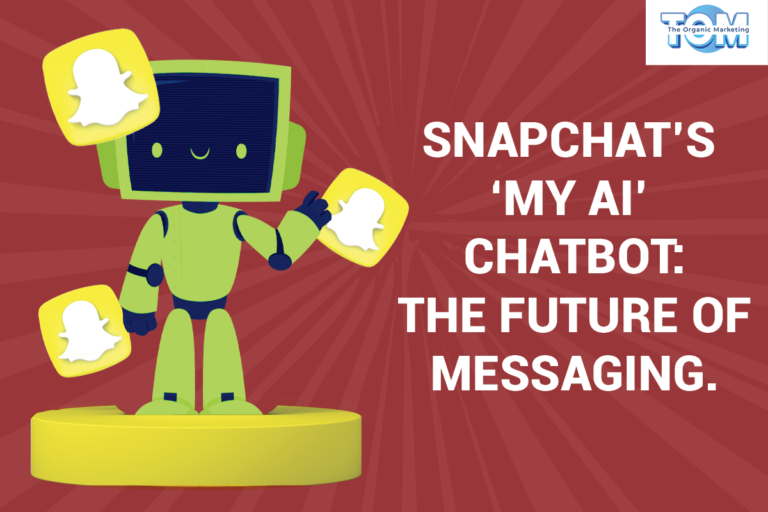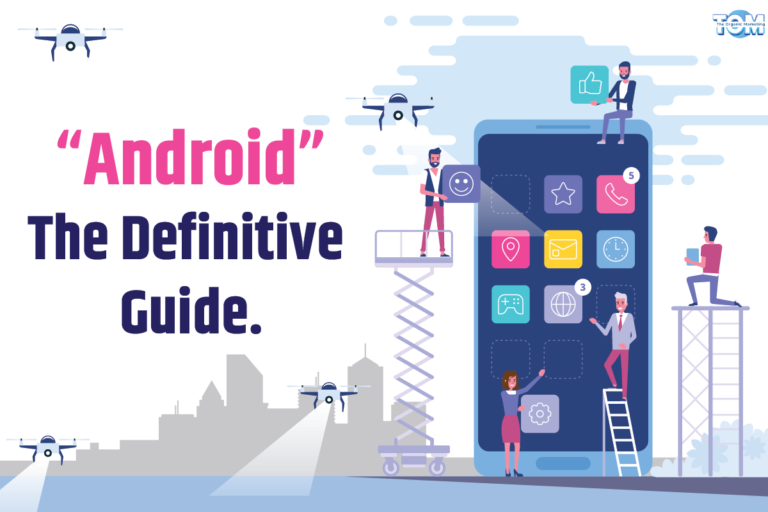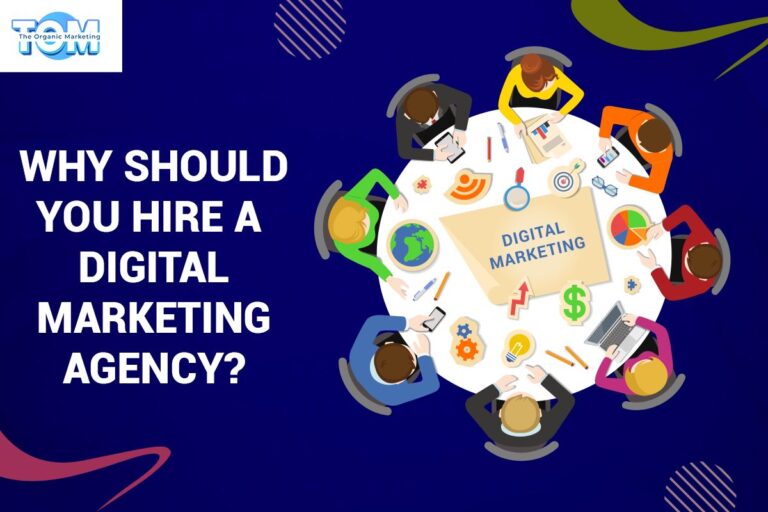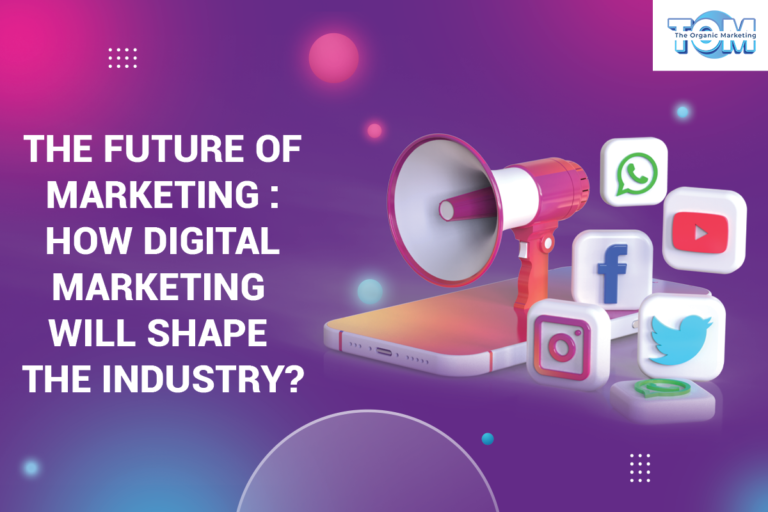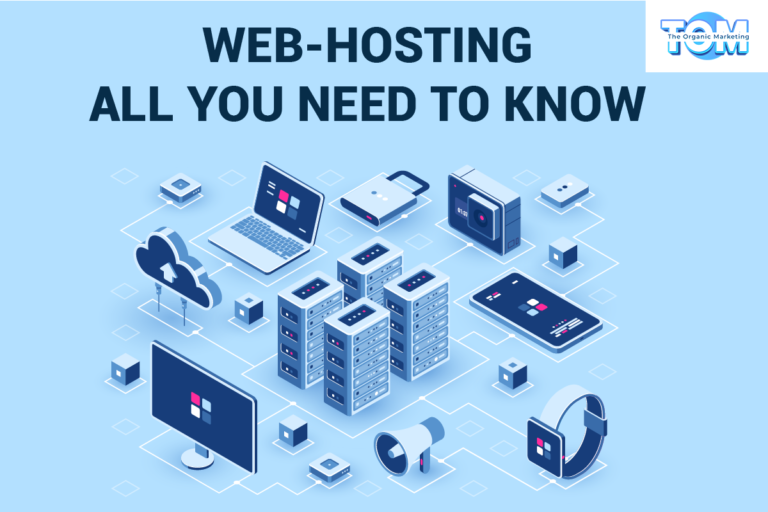Maximizing Impact: Content Personalization Strategies
Welcome to the era of personalized content, where one size no longer fits all. In today’s digital landscape, consumers expect personalized experiences tailored to their unique preferences and interests. In this blog post, we’ll explore the concept of content personalization, its importance in modern marketing, and strategies for implementing personalized content to engage your audience and drive results.
Understanding Content Personalization: Content personalization is the practice of delivering customized content to individual users based on their demographics, behavior, preferences, and interests. Rather than presenting a generic message to your entire audience, content personalization allows you to create targeted and relevant experiences that resonate with each individual.
Why Content Personalization Matters: In a world inundated with information, personalized content cuts through the noise and captures attention. By delivering content that speaks directly to the needs and interests of your audience, you can increase engagement, build brand loyalty, and drive conversions. Studies have shown that personalized experiences can significantly impact consumer behavior, with a majority of consumers stating they are more likely to engage with brands that deliver personalized content.
Strategies for Content Personalization:
- Audience Segmentation: Start by segmenting your audience based on factors such as demographics, location, interests, and behavior. This allows you to create distinct audience segments and tailor your content to each group’s specific needs and preferences.
- Dynamic Content: Implement dynamic content elements on your website and marketing materials that adjust based on user interactions and behavior. This could include personalized product recommendations, content recommendations based on past browsing history, or tailored email campaigns that address individual interests.
- Behavioral Targeting: Utilize data analytics and tracking tools to monitor user behavior and identify patterns and trends. By understanding how users interact with your content, you can deliver targeted messaging that resonates with their interests and preferences.
- Personalized Recommendations: Leverage artificial intelligence and machine learning algorithms to deliver personalized recommendations to your audience. Whether it’s recommending products, articles, or content based on past interactions, personalized recommendations can enhance the user experience and drive engagement.
Measuring Success and Iterating: As with any marketing strategy, it’s essential to measure the success of your content personalization efforts and iterate based on the results. Track key metrics such as engagement rates, click-through rates, and conversion rates to determine the effectiveness of your personalized content and make adjustments as needed.
Conclusion: Content personalization is no longer just a nice-to-have—it’s a must-have for brands looking to stay competitive in today’s digital landscape. By delivering tailored and relevant experiences to your audience, you can increase engagement, build brand loyalty, and drive conversions. By implementing audience segmentation, dynamic content, behavioral targeting, and personalized recommendations, you can unlock the power of content personalization and take your marketing efforts to new heights.
Ready to harness the power of content personalization for your brand? Connect with us at The Organic Marketing to learn how we can help you implement personalized content strategies that engage your audience and drive results in today’s competitive digital landscape.
